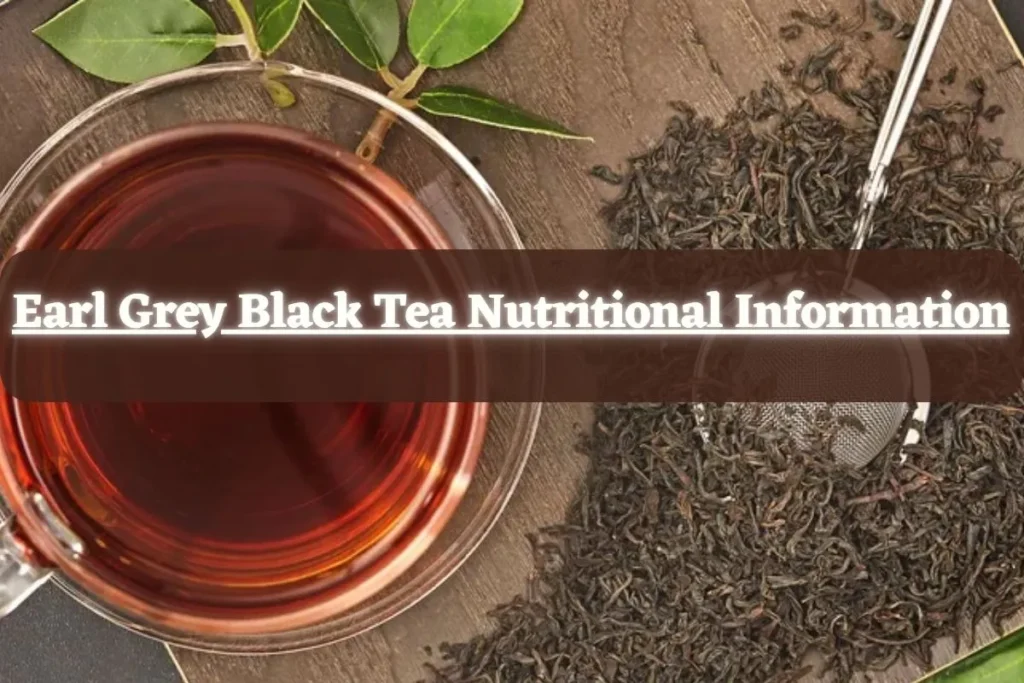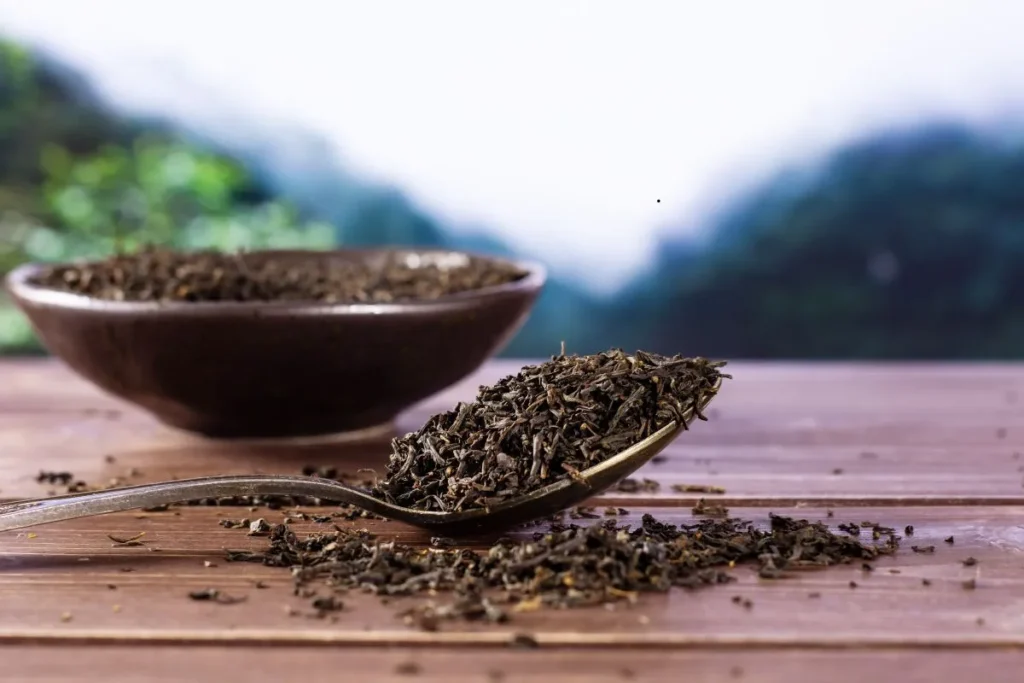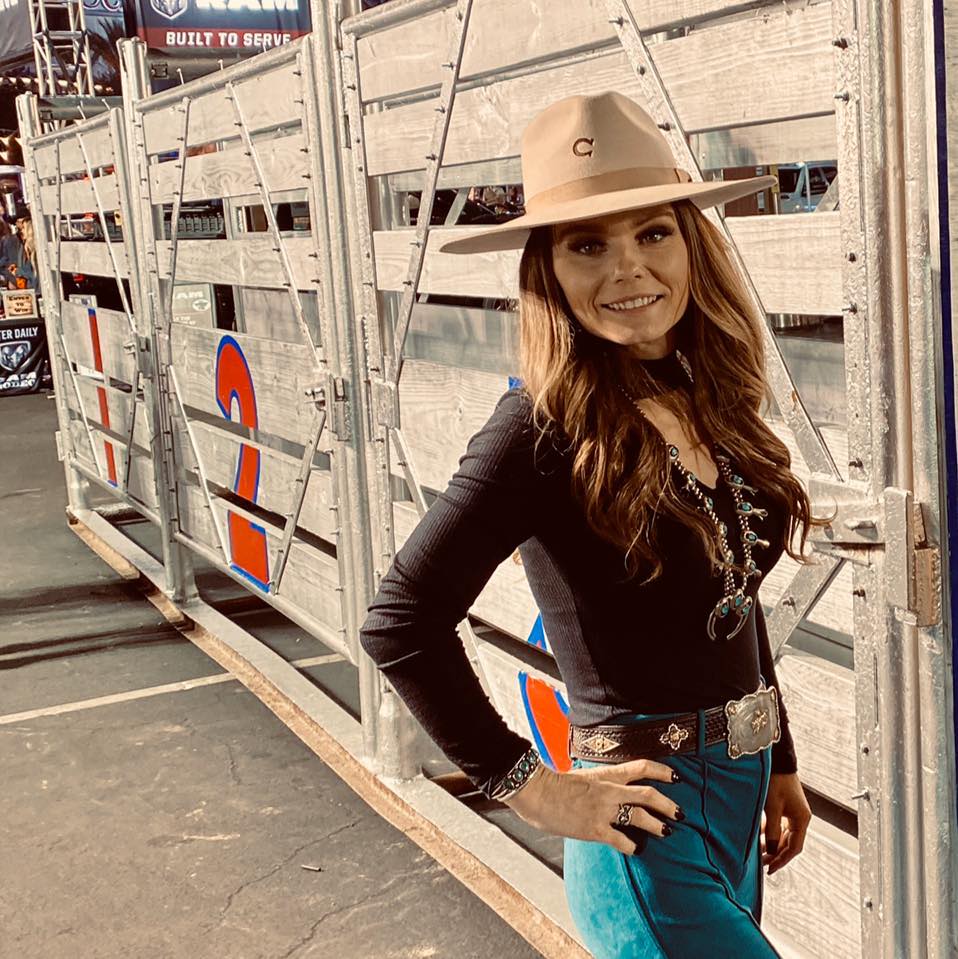Steeped in history and enjoyed for its distinctive citrus aroma, Earl Grey tea is a staple for many tea enthusiasts. But for those seeking a morning pick-me-up, a crucial question arises: does Earl Grey Black Tea have caffeine?
While the legendary origins of Earl Grey involve a grateful diplomat and a rescued son, the scientific truth about its caffeine content is far more grounded.
Let’s delve into the factors that influence the amount of caffeine in Earl Grey tea.
Importance of Knowing Caffeine Content in Earl Grey Black Tea
Earl Grey black tea, with its signature bergamot citrus flavor, is a classic and beloved beverage. Like all black teas, it naturally contains caffeine, making it important to understand how much caffeine you’re ingesting.
A blend of Chinese black tea and bergamot oil, Earl Grey has a history stretching back to the 1830s, its name tied to British Prime Minister Charles Grey. While popularly believed to have been a diplomatic gift, its exact origin story is still somewhat debated.
Earl Grey offers some potential benefits, such as its antioxidant content and possible links to improved oral health. However, a common misconception is that the bergamot flavoring lowers its caffeine content. This is false, as the caffeine stems from the black tea base.
Those sensitive to caffeine, pregnant women, and people with certain medical conditions should limit or avoid Earl Grey tea. Its stimulant effects can worsen anxiety, interfere with sleep, and interact with some medications.
Knowing the caffeine content helps you make informed choices about your beverage consumption to stay healthy and energized.
Does Earl Grey Black Tea Have Caffeine
Yes, Earl Grey black tea has caffeine. While Earl Grey itself isn’t a caffeinated plant, it’s made with black tea leaves which naturally contain caffeine. The bergamot oil used for flavoring doesn’t affect the caffeine content. Earl Grey black tea generally contains 40 to 120 milligrams (mg) of caffeine per cup (8 ounces). However, the exact amount can vary depending on several factors
Type of Tea Leaves:
Leaf size
Smaller, broken leaves release caffeine more quickly than whole leaves.
Grade
Finer-grade teas used in tea bags tend to have higher caffeine due to the broken tea leaves.
Water Temperature
Hotter water extracts more caffeine from the leaves. Using a slightly cooler water temperature can reduce caffeine content.
Steeping Time
The longer you steep the tea, the higher the caffeine content will be.
Tea Quantity
Using more tea leaves naturally results in a more caffeinated cup of tea.
It’s important to note that caffeine levels can vary between brands and batches of Earl Grey, so while this provides some guidelines, it’s always good to check your specific tea for information on caffeine content if that’s a concern.
If you’re sensitive to caffeine or are particularly concerned about the amount in your cup, consider these tips:
- Use loose leaf tea with whole leaves.
- Steep your tea with cooler water (around 195°F).
- Steep for a shorter duration (around 2-3 minutes).
- Use a smaller amount of tea leaves.
Earl Grey Black Tea Variants and their Caffeine Content
While the bergamot citrus flavor is a hallmark of Earl Grey, there’s a world of variety within this beloved tea category. Understanding these variations can help you pick the Earl Grey that best suits both your taste buds and your caffeine preferences.
Decaf Earl Grey:
If you love the Earl Grey flavor but want to limit caffeine intake, decaf Earl Grey is a great solution. This type of Earl Grey has gone through a decaffeination process to remove most of the caffeine. While not completely caffeine-free, a decaf Earl Grey might contain only 2-10 mg of caffeine per cup – a significant reduction compared to its standard counterpart.
Lady Grey
This twist on the classic incorporates additional citrus notes like lemon and orange alongside the signature bergamot. Expect a caffeine content similar to traditional Earl Grey, as it’s still based on black tea.
Green Earl Grey
By using a green tea base, this version offers a gentler caffeine experience than black tea-based Earl Greys. Green tea naturally contains less caffeine.
Rooibos Earl Grey
For a completely caffeine-free indulgence, Rooibos Earl Grey brings the bergamot flavor without any stimulating effects. Rooibos, a South African herb, provides a naturally sweet and earthy base to complement the citrus.
Earl Grey Crème
This delightful variation adds a hint of warming vanilla to the classic Earl Grey blend. Ingredients might also include cream flavoring, coconut, and floral petals like cornflower or mallow, enriching its profile with a creamy and malt-like flavor. It’s especially popular for creating a cozy Earl Grey Latte or adding a sophisticated twist to desserts. Vanilla adds not only to the taste but also to the aroma, making it a comforting choice for colder months.
Smoky Earl Grey
For those who appreciate a more assertive and bold tea, Smoky Earl Grey offers a robust, full-bodied experience. The key ingredient, Lapsang Souchong, is a smoke-dried black tea that imparts a unique smoky flavor, reminiscent of wood smoke and smoked paprika. This blend pairs exceptionally well with savory foods and can stand in as a coffee alternative, offering a moderate caffeine level typical of black teas, generally around 40-70 mg per cup.
Plummy Earl Grey
This variety combines the tartness of plum and citrus with the warmth of star anise, creating a rich, fruity, and spicy blend that’s particularly enjoyable during the holiday season. Its sweetness and tanginess make it versatile, perfect for cold brews in cocktails or as a refreshing summer drink.
Double Bergamot
Doubling the amount of bergamot oil, this blend intensifies the signature citrus flavor of Earl Grey tea. It caters to those who can’t get enough of Earl Grey’s distinct taste, offering a powerful bergamot aroma and flavor. The caffeine content remains similar to regular Earl Grey teas, typically around 40-70 mg per cup.
Extra Strong Earl Grey
Also known as Earl Grey Robusta, this variation is for those who prefer a vigorous tea experience. It uses a stronger black tea base capable of accompanying milk well, making it an excellent choice for a stimulating morning or mid-morning tea. Its caffeine content is on the higher end for black teas due to the robust tea base used.
Aged Earl Grey
This unique blend involves aging black tea with bergamot essence, allowing the citrus flavor to infuse naturally over time. The aging process enhances the tea’s depth and complexity, offering a matured, citrus-infused flavor that is both sophisticated and refreshing.
List of Ingredients in Earl Grey Black Tea
Earl Grey Black Tea is traditionally made with the following ingredients:
- Black tea leaves: The base of Earl Grey Black Tea is usually black tea leaves, which provide the rich and robust flavor characteristic of black tea.
- Bergamot oil: This essential oil, extracted from the rind of bergamot oranges, is responsible for the distinctive citrusy aroma and flavor that sets Earl Grey tea apart.
- Other flavorings (optional): Some Earl Grey tea blends may include additional flavorings or botanicals to enhance the taste profile, such as lavender or citrus peel.
- Natural or artificial flavors (optional): In some commercially packaged Earl Grey teas, natural or artificial flavors may be added to intensify the bergamot flavor or provide additional nuances.
Earl Grey Black Tea Nutritional Information

A 6 fluid ounce (178 grams) serving of Earl Grey black tea is remarkably nutritionally light. It provides a minimal 1.8 calories and contains virtually no fat (0 grams). You won’t find any saturated, trans, polyunsaturated, or monounsaturated fats within a cup of Earl Grey.
Additionally, it contains no cholesterol (0mg). Earl Grey also offers negligible amounts of carbohydrates (0.5 grams) and has no dietary fiber (0 grams). Protein content is essentially nonexistent.
While the vitamins and minerals are minimal, you’ll get a small boost of potassium (37.4mg) and a moderate dose of caffeine (35.6mg) from your cup of Earl Grey black tea.
| Nutrition Facts | Amount Per Serving |
| Serving Size | 6 fl oz (178 grams) |
| Calories | 1.8 |
| Total Fat | 0 grams (0% DV) |
| Saturated Fat | 0 grams (0% DV) |
| Trans Fat | 0 grams |
| Polyunsaturated Fat | 0 grams |
| Monounsaturated Fat | 0 grams |
| Cholesterol | 0 mg (0% DV) |
| Sodium | 0 mg (0% DV) |
| Total Carbohydrates | 0.5 grams (0% DV) |
| Dietary Fiber | 0 grams (0% DV) |
| Protein | 0 grams |
| Calcium | 0 mg (0% DV) |
| Iron | 0 mg (0% DV) |
| Potassium | 37.4 mg (1% DV) |
| Caffeine | 35.6 mg |
Alternatives to Earl Grey Black Tea and their Caffeine Content
If you crave the bergamot citrus notes of Earl Grey but are open to exploring new avenues of taste, these alternatives span the spectrum of caffeine content and delightful flavor profiles:
Lady Grey
This elegant variation is the closest match to classic Earl Grey. It features a black tea base infused with bergamot oil, enlivened with additional citrus elements like lemon, orange, or even grapefruit peel. Expect a similar caffeine kick to Earl Grey (40-120mg per cup).
Lemon Black Tea
For a bolder citrus punch, try black tea infused with lemon zest, peel, or oil. This delivers a more focused lemon flavor than Earl Grey. Caffeine content still depends on the black tea base but tends to be moderate (30-70mg per cup).
Lemon Zest Green Tea
Green tea, known for its lighter flavor, pairs beautifully with lemon zest for a bright citrus experience. It’s a fantastic option if you want a gentler caffeine boost than Earl Grey (typically 20-45mg per cup).
Hibiscus Tea
This gorgeous ruby-red tea delivers a tart, cranberry-esque flavor that’s both refreshing and naturally caffeine-free. Perfect for winding down in the evening.
Lemongrass Tea
The fragrant aroma and subtle lemony taste of lemongrass make for a revitalizing beverage. It offers very minimal caffeine (often considered virtually caffeine-free with mere trace amounts).
Orange Pekoe Tea
While its citrus notes are more delicate than Earl Grey’s, this black tea made from young tea buds still offers a pleasant orange-like nuance. It provides a moderate caffeine level (30-50mg per cup).
Chamomile Tea
This classic herbal tea soothes with its floral, apple-like aroma. Perfect for relaxation, it’s another naturally caffeine-free choice.
Rooibos (Redbush) Tea
South Africa’s naturally sweet, slightly nutty rooibos is the perfect base for citrus infusions. Try it with orange or lemon flavors for a caffeine-free take on the Earl Grey spirit.
Honeybush Tea
Similar to rooibos, honeybush delights with a naturally sweet, honey-like flavor. Look for versions infused with citrus for a caffeine-free experience reminiscent of Earl Grey.
Fruit Infused Water
For the ultimate in refreshment and zero caffeine, try infusing water with sliced lemons, oranges, limes, or even grapefruit. It’s the simplest, purest citrus experience.
| Beverage | Caffeine Content (per cup) |
| Lady Grey Tea | 40-120mg |
| Lemon Black Tea | 30-70mg |
| Lemon Zest Green Tea | 20-45mg |
| Orange Pekoe Tea | 30-50mg |
| Lemongrass Tea | Minimal (virtually caffeine-free) |
| Rooibos (Redbush) Tea | Caffeine-free |
| Honeybush Tea | Caffeine-free |
| Hibiscus Tea | Caffeine-free |
| Chamomile Tea | Caffeine-free |
| Fruit Infused Water | Caffeine-free |
Recommended Daily Intake of Earl Grey Black Tea

The recommended daily intake (RDI) of caffeine for healthy adults is a maximum of 400mg. With approximately 35.6mg of caffeine per 6 fluid ounce serving, Earl Grey black tea offers a relatively moderate dose of caffeine. This means a single serving of Earl Grey provides approximately 8.9% of the RDI.
You could enjoy a few cups throughout your day and still remain comfortably within the recommended daily limit. However, it’s important to remember that caffeine sensitivity varies from person to person.
Pay attention to how your body reacts and adjust your intake accordingly. Also, remember to factor in the caffeine you might consume from other sources like coffee, chocolate, or certain medications to ensure you’re staying within a healthy caffeine range overall.
Conclusion
Earl Grey tea, with its vibrant citrus notes and classic black tea base, is a beloved beverage around the world. Understanding its caffeine content empowers you to make the best choices for your own enjoyment. If you crave the stimulating effects of caffeine, Earl Grey is a wonderful way to start your day or get a boost of energy.
On the other hand, if you prefer to limit your caffeine intake, you might opt for a decaffeinated version or switch to a naturally caffeine-free herbal tea later in the day. The key takeaway is that armed with knowledge about Earl Grey, you can tailor your tea-drinking experience perfectly to your preferences.
Frequently Asked Questions
Q1. Is Earl Grey black tea good for you?
Earl Grey black tea shares the same health benefits attributed to regular black tea. These include potential antioxidant properties, support for heart health, and possible benefits for blood sugar control. Additionally, the bergamot in Earl Grey may offer mood-boosting and stress-reducing effects.
Q2. Is Earl Grey black tea the same as black tea?
Earl Grey starts with a base of black tea, but the addition of bergamot oil is what gives it a distinct flavor and aroma. Bergamot is a citrus fruit that lends a bright, floral note to the traditional black tea taste.
Q3. What does Earl Grey black tea taste like?
Earl Grey black tea has a bold, rich flavor typical of black teas. However, the star of this beverage is the bergamot. It offers a citrusy, slightly floral flavor that makes Earl Grey stand out from other black teas. Some people find the bergamot flavor mildly perfume-like.
Q4. Can I drink Earl Grey every day?
Earl Grey, like other caffeinated teas, is generally safe to drink every day. However, moderation is key, especially if you’re sensitive to caffeine. Consider the caffeine content and your individual tolerance when deciding how often to enjoy this tea.
5. Is Earl Grey tea hot or cold?
Earl Grey tea is delicious both hot and cold! Traditionally, it’s served as a hot beverage. However, its citrusy notes make it fantastic as iced tea for a refreshing summer drink.

Rossi Glover, the passionate Owner of Grand Lake Coffee, infuses every cup with her love for coffee and dedication to quality. With an extensive background in the art and science of coffee, Rossi is not just a connoisseur but a storyteller, sharing the intricate tales behind each brew.

